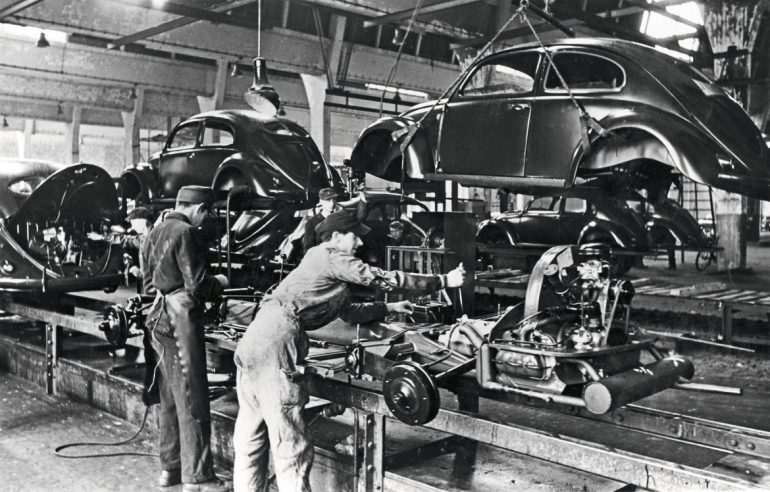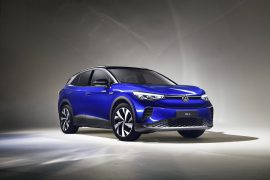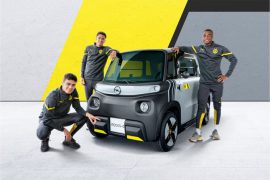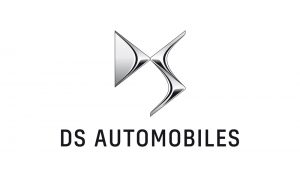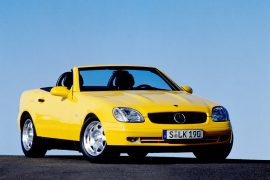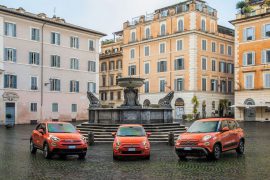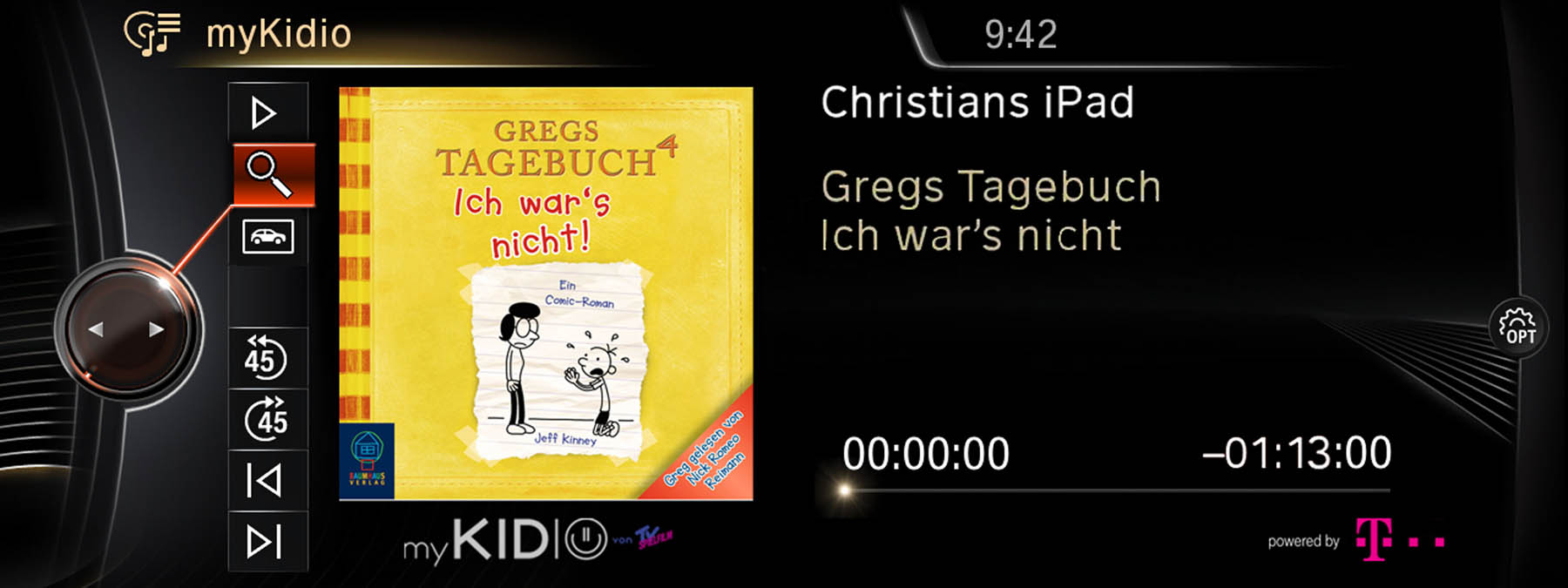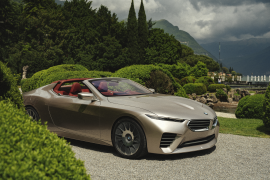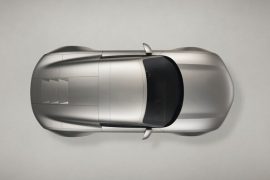MOBILITY/HISTORY: Looking back: On 27 December 1945, series production of the Volkswagen saloon (Type 1) begins.
Shortly after Christmas 1945, civilian series production starts.
With a great deal of improvisation and in record time, British Major Ivan Hirst makes vehicle production possible
The VW Beetle becomes the symbol of the „German Economic Miracle
On 27 December 1945, series production of the Volkswagen saloon (Type 1) begins. This is when the real success story of the Volkswagen begins. Originally planned as a prestige project for the National Socialists, from 1939 onwards armaments are produced instead of a vehicle for the masses. By the end of the war, only 630 units of the model renamed KdF-Wagen in 1938 had left the Volkswagen factory. It is only under British trusteeship, thanks to the strategic foresight of Major Ivan Hirst, that the unique success story of the VW Beetle begins in Wolfsburg.
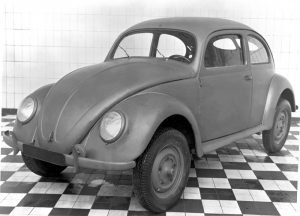
Civilian series production of the Volkswagen, internally called Type 1 and later world-famous as the „Beetle“, does not begin until after the end of the war on 27 December 1945 under foreign trusteeship, which the British military government had previously taken over for Volkswagenwerk GmbH in June 1945. The British intended to fulfil urgently needed transport tasks within the occupation zone by building the Volkswagen Type 1. This pragmatism saved the factory from the threat of dismantling.
Senior Resident Officer Major Ivan Hirst played a special role in this. It was his foresight and talent for improvisation that made the start of car production possible in the years of forced management under conditions of scarcity. With his enthusiasm for technology and cars, a lot of energy and a clear attitude, he succeeds in transforming the former armaments factory into a civilian business enterprise in an impressively short time.
As early as August 1945, the British military government orders the production of 20,000 vehicles. The start-up is a visible sign of a new beginning and hope in the factory, which was largely destroyed after the end of the war. At the same time, the solution is in line with later British policy on Germany, which sees material security and future prospects for the population as essential building blocks for the establishment of democratic structures. Democracy now also takes place in the Volkswagen factory: On 27 November 1945 the works council, which had emerged from democratic elections, convenes for its constituent meeting.
Nevertheless, there are initially major problems in supplying the workforce with food and housing, and ongoing production is hampered by material and energy shortages. Despite these difficult circumstances, the first Volkswagen saloon rolls off the production line shortly after Christmas. Wolfsburg and Volkswagenwerk GmbH thus experience a belated Christmas miracle, as the end of the war is only eight months away. By the end of 1945, a total of 55 vehicles are produced.
From 1946 until the currency reform, around 1,000 vehicles a month are produced – more is not possible in view of the scarcity of raw materials and materials management and the shortage of personnel. The trustees in charge until autumn 1949 set the right course for the company’s later growth: they set up a customer service and distribution system and in summer 1947 begin exporting the Volkswagen saloon.
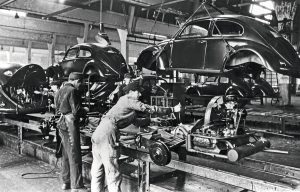
The decision to set up civilian production and mass-produce the Volkswagen Type 1 is the starting point of a unique success story. Thanks to the early restart, Volkswagenwerk GmbH has an excellent starting position for the economic upswing following the introduction of the Deutschmark. Under the unofficial name „Beetle“, the Type 1 becomes more popular around the world than any other car model. It is also a front-runner in terms of production time and number of units: it is not until July 2003 that Volkswagen ceases production of the VW Beetle in Mexico after 21,529,464 units have been built, including 15.8 million from German production.
Copyright: Volkswagen AG
virtual design magazine Michael Hiller

